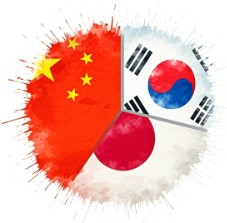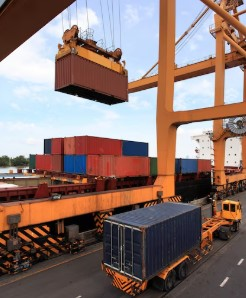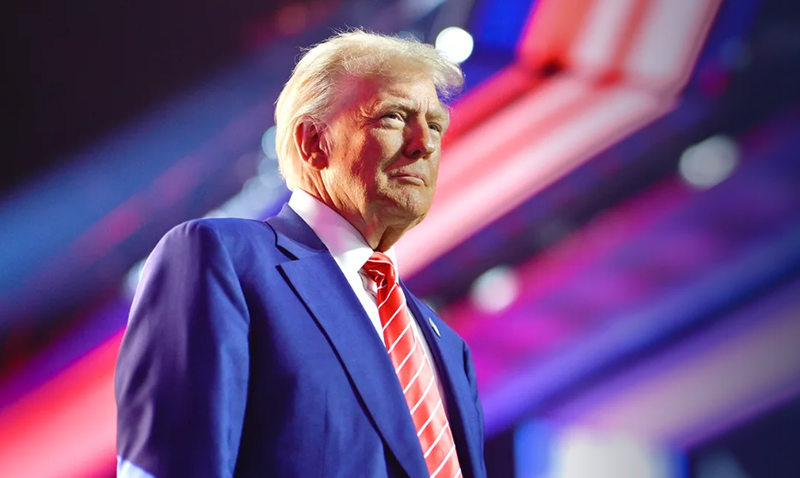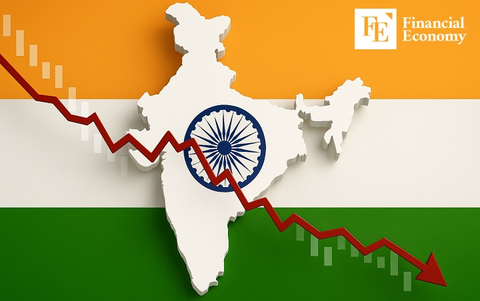East Asian Cooperation: Japan, China, and South Korea Push Back on Trump’s Tariff Strategy
Input
Modified
A Turning Point in East Asian Diplomacy Trump’s Tariffs Are Fueling New Alliances A Message to the U.S.: Don’t Go It Alone

A Turning Point in East Asian Diplomacy
In a rare display of regional solidarity, the foreign ministers of Japan, China, and South Korea convened in Tokyo on March 22, signaling a deepening of trilateral cooperation amid growing unease over U.S. President Donald Trump’s renewed tariff threats. While the stated purpose of the meeting was to advance regional cooperation, the underlying message was unmistakable: East Asia is preparing to push back against Washington’s escalating trade aggression.
The gathering marked a pivotal moment for regional diplomacy. With economic uncertainty rising and global tensions mounting, the three nations emphasized the need to forge stronger strategic and economic ties. Their joint statement revealed a shared intent to prepare for a trilateral summit this summer—one that will aim to coordinate responses to external economic pressure and demonstrate that East Asia is not willing to stand idle in the face of sweeping tariffs from the United States.
The foreign ministers—Takeshi Iwaya of Japan, Wang Yi of China, and Cho Tae-yul of South Korea—held extensive discussions in Tokyo, identifying key areas of cooperation ranging from green energy and population decline to regional security. Japanese Foreign Minister Iwaya described the meeting as taking place at a “turning point in history,” referencing both global instability and the intensifying competition among world powers.
While cooperation among the three countries has historically been complicated by long-standing disputes and rivalries, recent developments appear to be fostering an unexpected unity. With new tariffs from Washington threatening major sectors in all three economies—particularly electric vehicles, semiconductors, and advanced technology—the foreign ministers made it clear that regional cohesion is now a necessity, not a choice.
Their agreement to hold a trilateral summit later this year in Japan underscores the urgency. The summit is expected to produce a shared economic strategy designed to shield the region from protectionist policies and to dissuade further tariff escalation by the United States.

Trump’s Tariffs Are Fueling New Alliances
At the heart of the trilateral effort lies a growing concern over the direction of American trade policy under President Trump. What was once considered a tactic for negotiation now appears to be a fixed position: the use of tariffs as a primary tool for economic leverage.
Officials from all three countries privately acknowledge that the latest round of tariffs threatens not only their national economies but also global supply chains. More critically, they believe these actions are not designed to open dialogue, but to unilaterally impose American preferences on international trade partners.
The foreign ministers emphasized the importance of cooperation in mitigating such disruptions. In their view, only a coordinated response can prevent the long-term damage that could result from fractured economic policies and protectionist walls.
The evolving alliance between the three East Asian powers represents a significant diplomatic shift. Tensions between China and its neighbors have persisted for decades—over territorial disputes, historical grievances, and military confrontations. Yet the shared threat of U.S. economic pressure is changing the calculus.
Rather than isolating China, Washington’s tariffs appear to be pushing Tokyo and Seoul into deeper engagement with Beijing. With all three economies deeply intertwined, and each facing a common challenge, the path to practical cooperation is becoming more viable.
Recent bilateral efforts between China and South Korea to strengthen trade ties reflect this shift. Talks are underway to update trade agreements and to develop joint industrial projects in sectors most at risk from American tariffs. While distrust remains, necessity is proving to be a powerful force in bringing the region together.
A key concern expressed during the Tokyo meeting was that the United States’ trade policies are no longer flexible or transactional—they reflect a broader economic ideology aimed at reasserting American dominance by undermining competitors. This perception is driving Japan, China, and South Korea to accelerate efforts to build economic resilience.
South Korean Foreign Minister Cho Tae-yul stressed the importance of creating structures that could withstand sudden shocks from unilateral policy decisions. He also addressed the growing cooperation between North Korea and Russia, warning against rewarding nations that violate international norms.
The sentiment was echoed throughout the discussions: East Asia must act now to secure its interests before the current economic climate becomes entrenched and more difficult to counter.
Even as they move closer together, the three nations continue to grapple with underlying diplomatic tensions. Japan recently lodged a formal protest over a statement from the Chinese government that inaccurately portrayed Prime Minister Shigeru Ishiba as endorsing China's position on Taiwan and other historical issues. Despite these frictions, both sides agreed to continue high-level talks, including discussions on maritime boundaries and trade barriers.
What’s emerging is a complex but pragmatic alliance—one where cooperation on shared threats is beginning to outweigh unresolved disputes. The strategic logic is clear: in a time of external pressure, internal differences must be managed, not allowed to derail collective action.

A Message to the U.S.: Don’t Go It Alone
The Tokyo meeting and the upcoming trilateral summit send a message not only to domestic audiences in East Asia, but directly to Washington. If the United States continues to treat China as an adversary while demanding loyalty from its allies, it risks alienating the very partners it needs to maintain balance in the region.
The idea that America can economically isolate China without losing credibility or influence with Japan and South Korea is increasingly untenable. Rather than forcing Beijing to the negotiating table, the current policy risks pushing U.S. allies closer to China out of strategic necessity.
The United States would be wise to reconsider its approach. Working with allies to create fair, multilateral frameworks for trade and diplomacy would be far more effective than wielding tariffs as blunt instruments. In a globalized world, strength comes not from isolation, but from cooperation.
The upcoming trilateral summit, expected to be held in Japan this summer, will be the true test of this emerging alliance. It will offer the three nations a chance to formalize their economic and strategic coordination and present a united response to outside pressures—especially from the United States.
The stakes are high. If the summit results in tangible steps toward joint economic initiatives or a regional economic framework, it could mark the beginning of a new era in East Asian diplomacy. One defined less by historic rivalries and more by collective resilience in a shifting global order.
The foreign ministers' meeting in Tokyo may prove to be more than a diplomatic milestone—it may be the first chapter in a broader realignment of global power. With traditional alliances under strain and new partnerships emerging out of necessity, East Asia is stepping into a more cohesive and assertive role.
As they prepare for the summer summit, Japan, China, and South Korea are signaling that they are not passive actors in the face of global economic upheaval. Instead, they are charting their own course—one that prioritizes regional stability, economic cooperation, and a clear-eyed response to external threats.
For Washington, the message is clear: the world is changing, and so must its approach. Confronting China in isolation while sidelining key allies is not a sustainable strategy. If the United States wants to lead, it must lead with partnerships—not pressure.





















